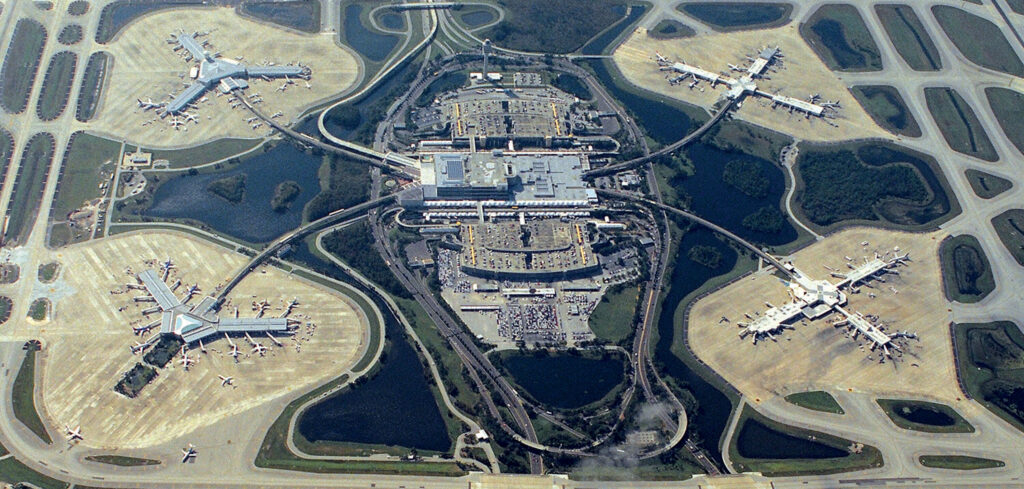The Greater Orlando Aviation Authority (GOAA) will redevelop its strategic plan for the next decade, to reform its approach to staffing shortages, technology advances, regulatory demands and social media.
At a GOAA board meeting, Kevin Thibault, CEO of GOAA, presented the plan’s scope, areas of concentration and a timeline for the multi-phase project. Updating the strategic plan will involve three phases of development, along with the collaboration of aviation authority personnel, airport partners and community stakeholders.
As presented to the board, the outline calls for not only the development of a new strategic plan but also the implementation of a tracking framework, with performance metrics that can be used at the organizational and employee levels. The board also approved compensation adjustments and a revised salary structure for GOAA’s non-bargaining employees. The 5% increase also will raise those employees at the minimum hourly rate of US$15 to US$16.02 effective August 7, 2022. The updated salary structure was based on market conditions and is intended to recognize how necessary competitive compensation is to the recruitment and retention of employees. Compensation for bargaining unit employees will be addressed in accordance with the collective bargaining process. Once completed, the board will consider that matter at a later date. The authority’s previous strategic plan was completed in 2013 and has served as the building block of its updated masterplan as well as updating its airport layout plan (ALP).
Carson Good, chairman of GOAA, said, “Considering the accomplishments achieved by this authority and the community over the past 10 years, it is time to not only review what has been done but to pivot to what we need to be in the future. Not only does this plan serve as the blueprint for this authority going forward, it serves as a framework for other activities.”
Thibault said, “Like many other large hub airports, we have seen the results of significant national and regional events impact our operations both positively and negatively. Moving forward, we need to frame our strategic vision so that we minimize the negatives and capitalize on the positives.”

